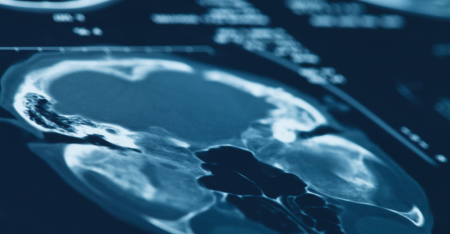Carnot STAR’s Scientific thematics associated
Presentation
The INPHIM platform focuses on cellular and sub-cellular imaging in thick samples or in live animals. Imaging the structure and activity of the nervous system at high resolution and relating it to behaviour is one of the major challenges in neurosciences research. This requires mastering rapdly evolving technologies, developing and validating technological innovations in in-vivo models, and processing the huge amounts of data that result. In addition, there is a strong desire to advance these photonic approaches to clinical brain research ("lab-to-bedside" approach). A major strength and originality of the platform is therefore to cover multi-scale (micro to meso), multi-species (rodent to HNP) and translational (basic to preclinical) in vivo imaging.
The platform brings together the means for anatomical and functional imaging by microscopy and photonic imaging. Its objective are :
- to ensure the maintenance of shared equipment and their environment for the realization of research projects of INT teams and external public or private teams
- to provide technical assistance for the implementation of these projects
- to ensure the technological watch on photonic imaging methods, in connection with the other INT platforms
- to tend towards a quality approach and a methodological follow-up to the equipment, in order to lead in time to an improvement and stabilization of the INPHIM organization and to collectively undertake its evolution.
Skills
- Cognition
- Behavior
- Eye-tracking
- Neuroimaging
- Neurosciences
- Optical spectroscopy
Equipments
- Animal facility (primates)
- Wide-field optical imager
- 2-channel doppler laser
- 2p AOD 3D random access microscope
- 2p Galvo & resonant microscope
- 2p multispectrale microscope
- Confocal microscopes
- OCT (Opt. Coher. Tomographer)
- Oculometers (eye-trackers)
- RTX1 (Fundus camera with adaptive optics)
- TIRF
- Video microscopy
Services provided
- Anatomical and functional exploration of the spinal cord, the hippocampus ex-vivo, and the cerebral cortex in-vivo, using biphotonic calcium and multispectral microscopy
- Anatomical and functional exploration of the spinal cord and cortex of the anesthetized and awake rodent and the anesthetized and awake primate cortex in wide-field imaging
- Optical imaging of intrinsic signals and tension-sensitive dyes for functional exploration of the cortex in awake and anaesthetized primates and of the cortex and spinal cord in rodents (wide field)
- Optical imaging spectroscopy and Doppler Laser for the study of the mechanisms that regulate hemodynamics and brain metabolism
- Optical coherence tomography for imaging the retina
- A confocal microscope allows access to hyperfine details in fixed postmortem preparations
- A light sheet microscope is in the acquisition phase.
Business sector
- Electricity
- Electronics
- Pharmaceutical industry
- Computing
- Neurosciences
- Health
- Telecommunications
